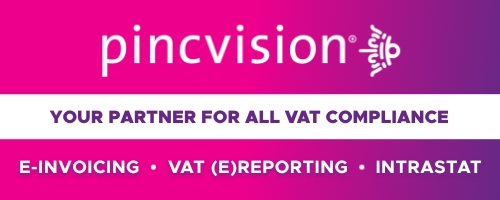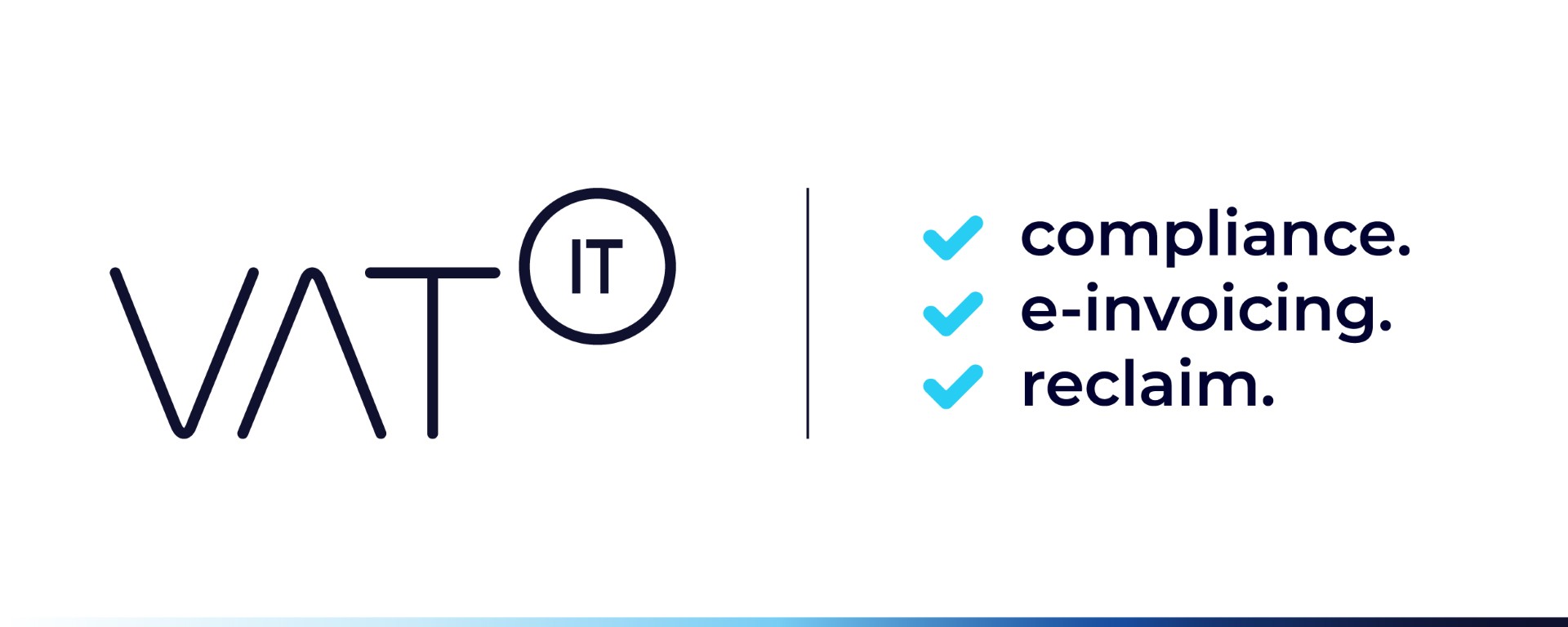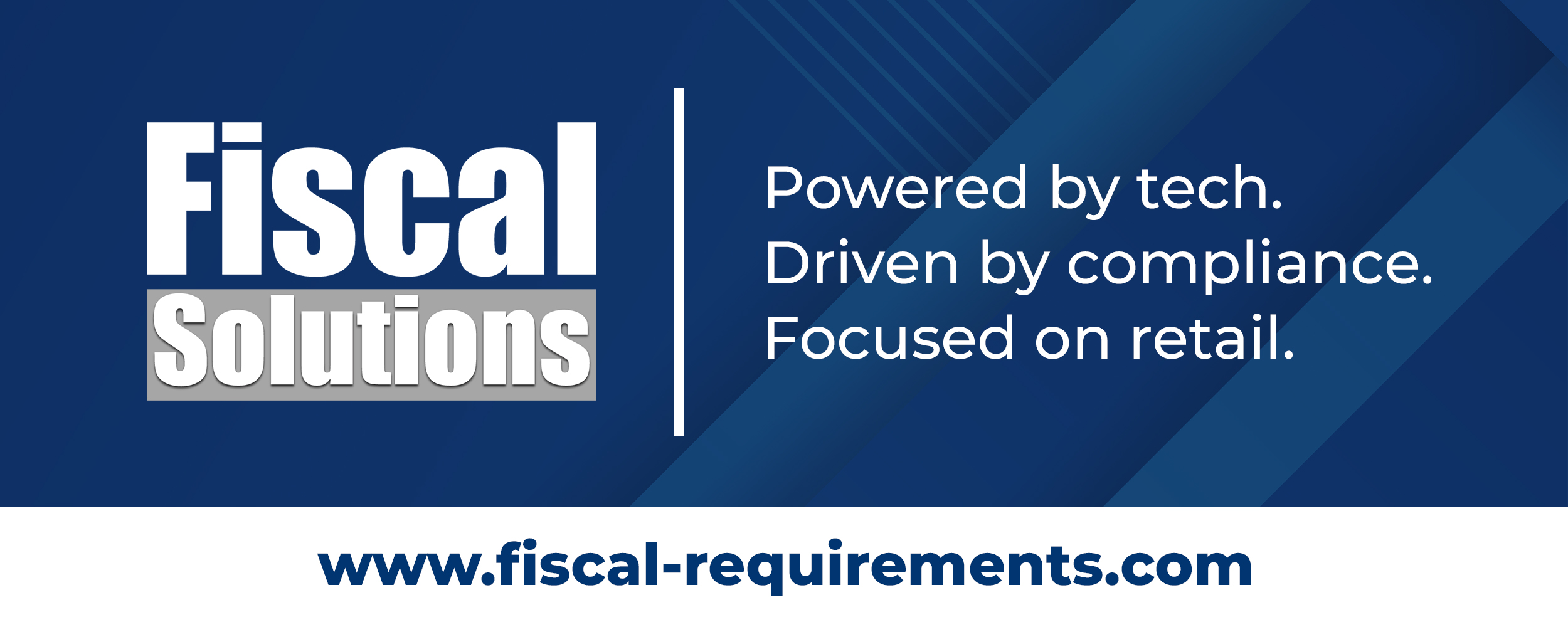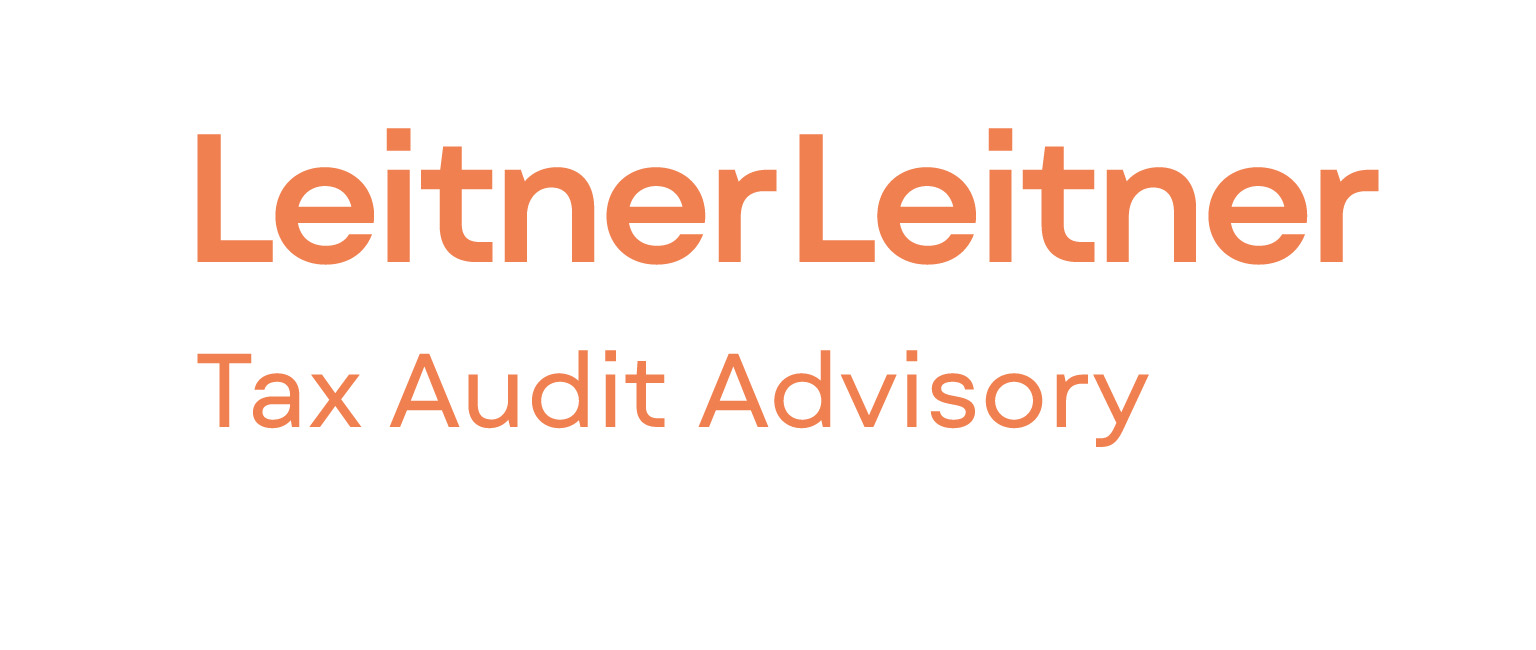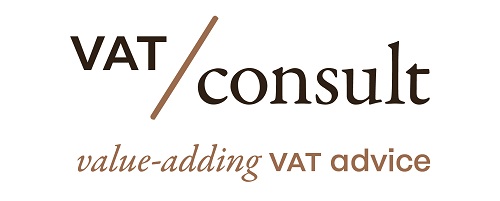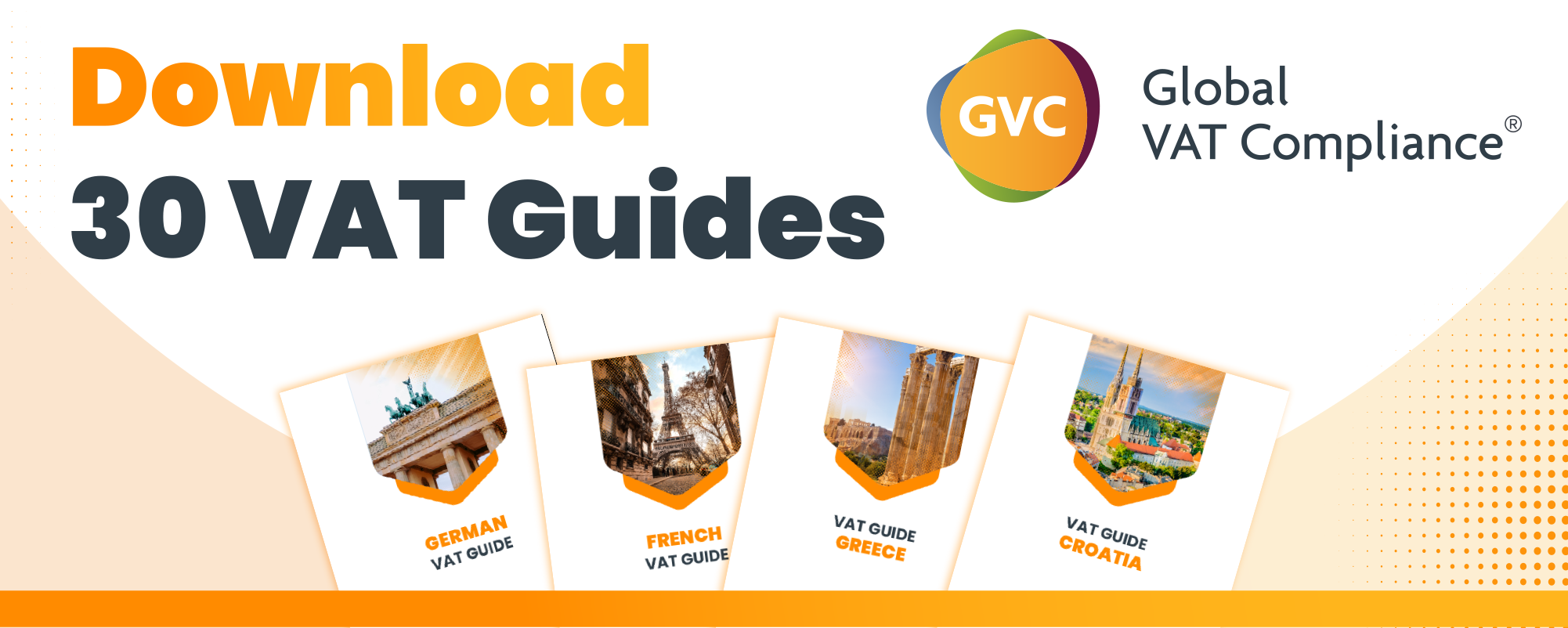Report by the VAT Expert Group (VEG) – December 2nd, 2024
This briefing document reviews the main themes and most important ideas presented in the VAT Expert Group’s (VEG) report, “VAT after ViDA,” which offers reflections on the future of the EU VAT system. The report provides a strategic overview, examining both a long-term vision for VAT (2050 and beyond) and immediate strategies building on the recent ViDA package.
Executive Summary:
The VEG report emphasizes that a well-functioning EU Single Market is crucial for the future growth and competitiveness of the EU. This requires an efficient and effective EU VAT system that facilitates cross-border business activities. The report, prepared at the request of the EU Commission, explores strategies to modernize the VAT system with a focus on simplification, neutrality, and revenue safeguarding. It acknowledges that VAT is likely to remain a key revenue source due to its growth-friendly nature and stable tax base. The report is structured into an Executive Summary, Suggested Deliverables, the Main Report, and an Annex on ViDA Implementation. It aims to provide ideas for further exploration and research, not fully-fledged solutions.
Key Themes and Most Important Ideas/Facts:
1. Long-Term Vision for EU VAT (2050 and Beyond):
- Fundamental Restructuring: The VEG envisions a fundamentally restructured VAT system to address the complexities and administrative burdens of the current framework. The core objectives are simplifying compliance, fostering neutrality across the EU, and enhancing administrative efficiency to safeguard VAT revenues.
- Core Design Principles: The future VAT system should be based on several core principles:
- All persons carrying out economic activities should be taxable.
- There should be minimal (or no) exemptions.
- Rules for goods and services should be aligned (full destination-based system).
- A very simple VAT rate structure should exist.
- Derogations, standstill clauses, and special schemes should be progressively removed.
- Sustainability must be fully considered in all measures.
- Technology should be leveraged for efficient collection and refund mechanisms, utilizing Digital Reporting Requirements (DRR).
- Quote: “We believe that the VAT system of the future should be based on the following core design principles: …All measures proposed for the future VAT system must fully take into account the principle of sustainability.”
- Neutrality as a Cornerstone: Achieving neutrality is paramount, guaranteeing equal treatment for domestic and foreign taxable persons, as well as those in traditional and digital economies. A fundamental right to deduction/recovery of input VAT based on economic reality/business purpose is essential.
- Quote: “The neutrality of the future VAT system can be achieved under different forms which may include the following: Level playing field: The future VAT system must guarantee equal treatment for domestic and foreign taxable persons and also for those operating in the traditional and the digital economies… Fundamental right to deduction / recovery of input VAT: Input VAT deduction has to be based on the economic reality/business purpose.”
- Broadening the Taxable Base: This involves reducing the number of exemptions, ideally eliminating them and replacing them with a zero rate for activities covering existential needs and general interest. Derogations and standstill clauses should be minimal or eliminated, and special schemes should only be maintained to safeguard core principles (e.g., for second-hand goods adapted to the circular economy).
- Quote: “In an ideal VAT system, there should no longer be any VAT exemptions. In this sense, we consider that in the VAT system of the future, the VAT exemptions as they are known today must be eliminated.”
- Simplified VAT Rate Structure: The proposal suggests a phased approach, initially with two rates per Member State, eventually moving towards a single EU-wide rate, possibly combined with a zero rate for essential activities. An accurate and constantly updated list of VAT rates (TEDB) is crucial.
- Modernized VAT Collection Mechanism: The report questions the need for charging and collecting VAT on B2B transactions between taxable persons with unrestricted deduction rights in a future system leveraging DRR. It suggests exploring alternative, less burdensome mechanisms and improving the B2C collection system, potentially using split payment or advanced cash registers.
- Future of the OSS: A future EU VAT system operating in a true single market might reduce the need for the OSS. However, until then, the OSS should be developed into a robust and secure “full VAT regime” that allows offsetting VAT payable in one Member State against VAT incurred in another.
- Quote: “This means that the OSS concept also needs to cater for recovering input VAT, allowing businesses that use the OSS to offset the input VAT incurred in a certain EU Member State with the output VAT that they have to pay to another Member State.”
- Fitting into the EU Context:Legislation by Regulation: Transitioning from VAT Directives (requiring national transposition) to directly applicable EU Regulations is recommended to reduce interpretation discrepancies.
- Quote: “For a smooth functioning future EU VAT system, the VEG recommends transitioning from VAT Directives, which require national transpositions, to EU Regulations that are directly applicable, thereby reducing interpretation discrepancies across Member States.”
- Streamlined Decision-Making: Revisiting the unanimous approval requirement for VAT decisions in the EU Council is suggested to improve efficiency, especially with potential future enlargement of the EU.
- Creation of an EU VAT Agency: A central coordinating body is proposed to support uniform application and interpretation of VAT rules, potentially assisting with collection, cross-border dispute resolution, and harmonization. Initially, this agency could serve as a central point of contact and information hub.
- Quote: “Finally, to support uniform application and interpretation of VAT rules, the VEG suggests creating an EU VAT agency. This agency would act as a central coordinating body, potentially assisting Member States with VAT collection, resolving cross-border disputes, and promoting harmonization.”
- Enhanced Dispute Resolution: A real, easily accessible, fast, and effective system for resolving disputes between Member States is needed, potentially through enhanced cross-border rulings or binding tax rulings from a new body.
2. Looking Ahead from the Current VAT System and ViDA:
- ViDA’s Impact and Importance: The ViDA package is recognized as having significant impacts on the current VAT system. Successful implementation between now and 2030 requires attention and investment from all stakeholders. The VEG provides recommendations for ViDA implementation in an annex.
- Quote: “The comprehensive ViDA package, recently politically adopted in the EU Council, with its three different and complex building blocks and its wide-ranging scope will have big impacts on the current EU VAT system. Therefore, implementing ViDA successfully will require attention and investment from all stakeholders between today and 2030.”
- Opportunities and Challenges of ViDA: ViDA offers opportunities for improvements but also presents new challenges in VAT administration.
- Single VAT Registration (ViDA): This element is highly welcomed and offers businesses an opportunity to reduce their VAT registration footprint, particularly through the extended use of the OSS for sales and cross-border movement of own goods.
- Improvements on the Right to Deduct: While CJEU jurisprudence has helped ensure neutrality, the report suggests updating the legal text to provide more certainty regarding the link required for deduction (direct vs. indirect). Practical issues affecting neutrality, such as bad debt relief, correction processes, corporate structures, and streamlining VAT recovery for OSS users, should be addressed. Simplifying VAT refund processes is also proposed.
- Quote: “CJEU jurisprudence has been helpful in ensuring VAT neutrality. However, the economic reality/business purpose acknowledged in view of VAT deduction/recovery, which is welcomed to ensure VAT neutrality, also creates some uncertainty in practice as the current wording in the VAT Directive is rather restrictive (direct vs indirect link) – it would be helpful to update the legal text to create more certainty.”
- Modernization of VAT Exemptions and Special Regimes: The report reiterates the complexity caused by exemptions and special regimes and advocates for widening the VAT base to achieve a more manageable system. This includes addressing the issues of “blocked input (hidden) VAT.” Specific sectors mentioned for review include the travel sector and public interest exemptions. The VAT rules applicable to the public sector and internal market mechanisms like VAT groups and head office to branch transactions also need revision.
- Sustainability and Green VAT Policies: The VEG acknowledges the importance of VAT measures supporting sustainability but raises doubts about the VAT system’s effectiveness and efficiency in achieving environmental goals compared to measures outside the VAT system. The current system was designed for a linear economy, creating challenges for the circular economy. As a starting point, any disincentives for environmental objectives within the current VAT legislation should be removed (e.g., VAT treatment of donations, second-hand goods schemes). Neutrality between consumer choices should be enhanced by aligning rates for interchangeable goods and services.
- Quote: “Considering the current climate crisis, the EU has ambitious goals with regard to sustainable development. Taxation in general, and VAT in particular, could play a role in achieving the EU’s goals in the area of sustainability. However, there are doubts whether the VAT system is effective in achieving such an objective and moreover whether it is the most efficient way, while such measures likely create exceptions to main rules making the VAT system more complex.”
- Challenges in Qualifying Transactions: The digital revolution and evolving business models (e.g., sharing economy, XaaS, online events, repair services, e-mobility) present challenges to existing VAT definitions and rules. Legal uncertainty arises from the interaction of new rules with existing ones and specific CJEU judgments. Areas requiring clarification include electricity/e-mobility, repairs, vouchers, transfer pricing adjustments, permanent establishments, free of charge supplies, and data as consideration.
- Quote: “The digital revolution has changed business models and, as a result, the way consumption takes place in today’s world. Challenges to the qualification of transactions under (existing) VAT law are the logical consequence.”
3. Bridging the Gap and Suggested Deliverables:
- The report acknowledges the need to bridge the gap between the current system and the long-term vision.
- Section 2 outlines suggested deliverables for the EU Commission to consider, with a possible time frame. These include exploring the long-term vision (2050), launching a strategic initiative similar to the 2010 Green Paper, and facilitating steps required by DRR implementation (rules of engagement, taxpayer rights, improving right to deduct, building a full OSS).
- Starting points for the long-term journey include broadening the VAT base, aligning rules for goods and services, exploring future collection mechanisms, recasting the EU VAT Directive and Implementing Regulation, and changing the EU VAT governance model (Regulation, decision-making process, EU VAT Agency).
- Key proposals for the future VAT system should be published before 2040 and politically adopted by 2045 to allow sufficient lead time for implementation by 2050.
4. Annex on ViDA Implementation:
- The annex focuses on the key opportunities and challenges presented by ViDA.
- Collaborative Approach: Active and close cooperation between tax authorities, businesses, and stakeholders is deemed crucial for successful ViDA implementation. Fiscalis seminars including the VEG and relevant business stakeholders are called for.
- Quote: “We as VEG, with our technical and practical experience, but also the entire business community are keen to actively participate in the implementation process of the ViDA package.”
- Key Impacts: ViDA will lead to key changes creating opportunities and challenges. The Single VAT registration element is seen as a significant simplification.
- Challenges and Recommendations for Implementation:Rules of Engagement between Business and Tax Authorities: The report highlights the need for convergence in national DRR implementations and proposes a notification obligation for Member States’ draft technical regulations. Clear rules for engagement are needed to avoid overwhelming honest businesses with data discrepancies and ensure effective targeting of fraudsters.
- Ensuring Taxpayer’s Rights and Facilitating Compliance: Fundamental rights, such as the right to deduct, must be protected. DRR cannot lead to denial of input VAT deduction for materially correct transactions due to formal or IT technical failures. Taxpayers should have access to and the right to amend data reported about them. The report raises fundamental questions about data security, business secrecy, and the potential use of extensive data collected through DRR.
- Quote: “The introduction of DRR, with its primary objective to provide tax authorities with data that allows them to tackle VAT fraud in real time, cannot lead to a degradation of the fundamental right for taxpayers to deduct VAT incurred in their business activities.”
- Improvements on the Right to Deduct and Building a Full OSS: Further improvements on the right to deduct are necessary, including addressing issues with rectifications and the interaction with the OSS. The aim is to build a “full OSS” that allows for offsetting input VAT.
- Removing Import VAT Collection: The report suggests making the import VAT reverse charge process an EU standard and ensuring B2B import VAT deduction based on invoice reporting.
Concluding Remarks:
The VEG expresses gratitude for the opportunity to contribute to the “VAT after ViDA” initiative and signifies its willingness to actively support the EU Commission on future work regarding the suggested deliverables, for the benefit of all stakeholders. The report serves as a crucial starting point for a broader, long-term debate on the future of the EU VAT system.
Source
Latest Posts in "European Union"
- Loyalty Points Are Not Vouchers for VAT: CJEU AG Opinion in Lyko Operations Case
- EU Charter Sets Procedural Safeguards and Limits Sanctions in VAT Enforcement: Key CJEU Rulings
- CJEU Clarifies VAT on Transfer Pricing Adjustments and Intra-Group Services: Key Implications for Businesses
- EU VAT Reforms and Menstrual Poverty: Addressing Access to Affordable Sanitary Products
- Making ViDA Work: Reflections on the ViDA Implementation Dialogue



